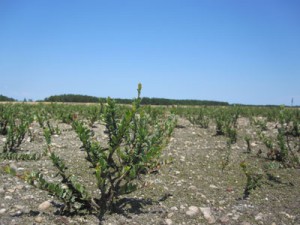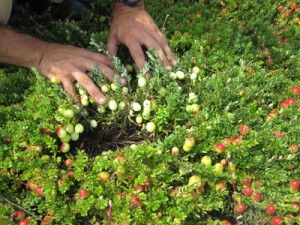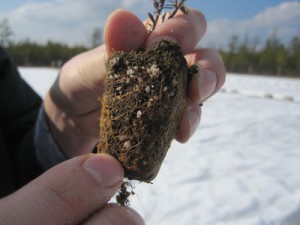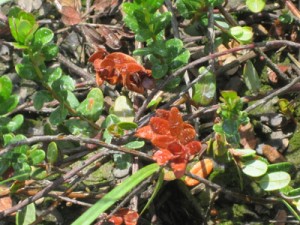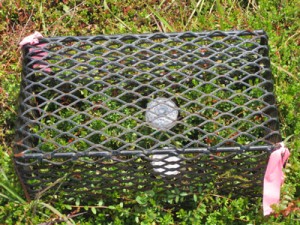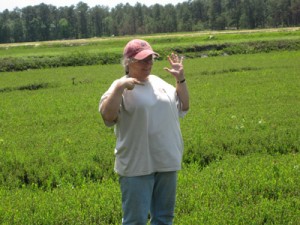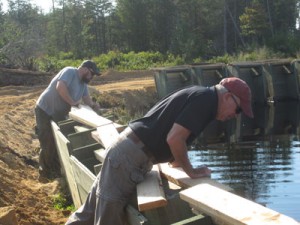Our Pine Island team is currently sanding, cutting survey lines, and working on various facilities projects. In about a month, we’ll begin planting.
Last week, we talked about the first cranberry seminar held at Pine Island Cranberry for people new to the industry. A couple of weeks ago, PIICM manager Cristina Tassone and Integrity Propagation owner Abbott Lee held the second of three cranberry seminars at the Pine Island Cranberry office. The first topic of discussion was planting of new or renovated bogs. Abbott explains: “The main goal is to promptly establish a canopy for whichever variety you’re choosing to plant. And you need to have an adequately developed root system to assure that the variety becomes and remains dominant, ultimately leading to a highly productive bed.”
There are two methods of planting: conventional propagation, which means pressing mowed vines or prunings directly into the bogs to be established; and rooted cuttings, which means planting plants with roots already established. Pine Island has used both methods in the fall to replant damaged bogs; however, this spring we will be using rooted cuttings. Another concern with planting is implementing an irrigation program, both with ground water and sprinklers, that provides moisture for vine growth without causing excessive soil saturation, which can lead to favorable conditions for phytopthora, which in turn can lead to fruit or root rot.
Pine Island uses both ditches and sprinklers for irrigation. During the early spring, after the winter flood is removed, irrigation is usually covered by our frost protection program. However, concerns for adequate soil moisture should not be forgotten during frost season. Several warm, sunny days without rain or frost irrigation can result in the need for irrigation. Cranberries have, evolutionarily, very underdeveloped root systems. According to Abbott, once they start to wilt, you only have one to two hours before significant damage occurs. Checking the soil yourself is extremely important; tensiometers are good, but it’s important to learn the hands-on method, as well.
It is also important to implement a plant nutrition program to help assure maximum vine growth and root development. Pine Island works with Dr. Joan Davenport of Washington State University in order to best determine the nutrition needed for optimum crop yields and quantity. You want roots to match growth; it’s important to establish the root system before the runners begin to develop. Or, as Joan likes to say: “First year roots, second year shoots, third year fruits.”
Bill and Abbott both stressed the need to stay hands-on. “You need to be in your bogs in order to know your bogs,” Bill says. “In farming, you do what needs to be done when it’s time to do it. It works the same way for young bogs; they get what they need when they need it, and you have to know exactly what they need.”

